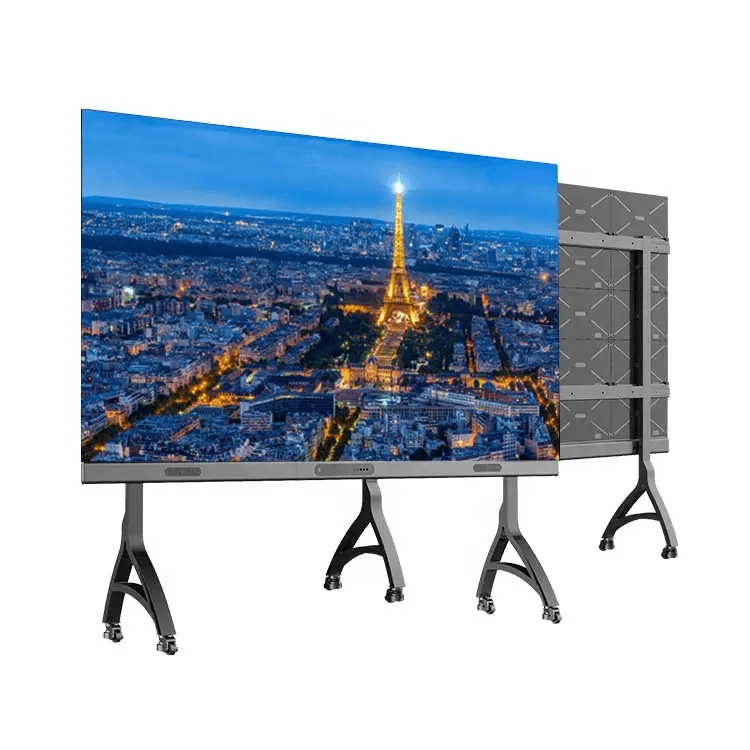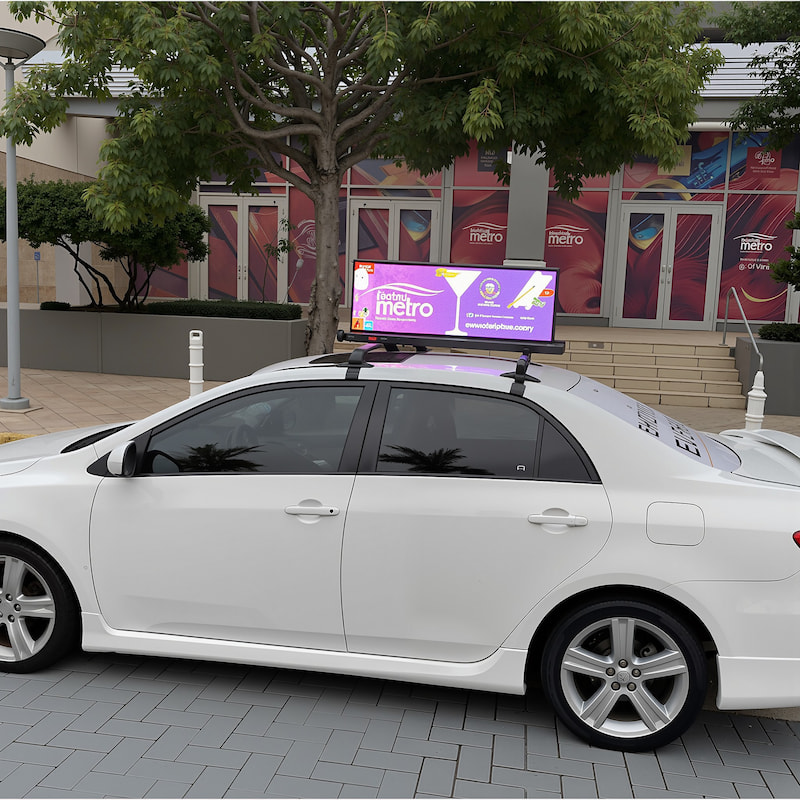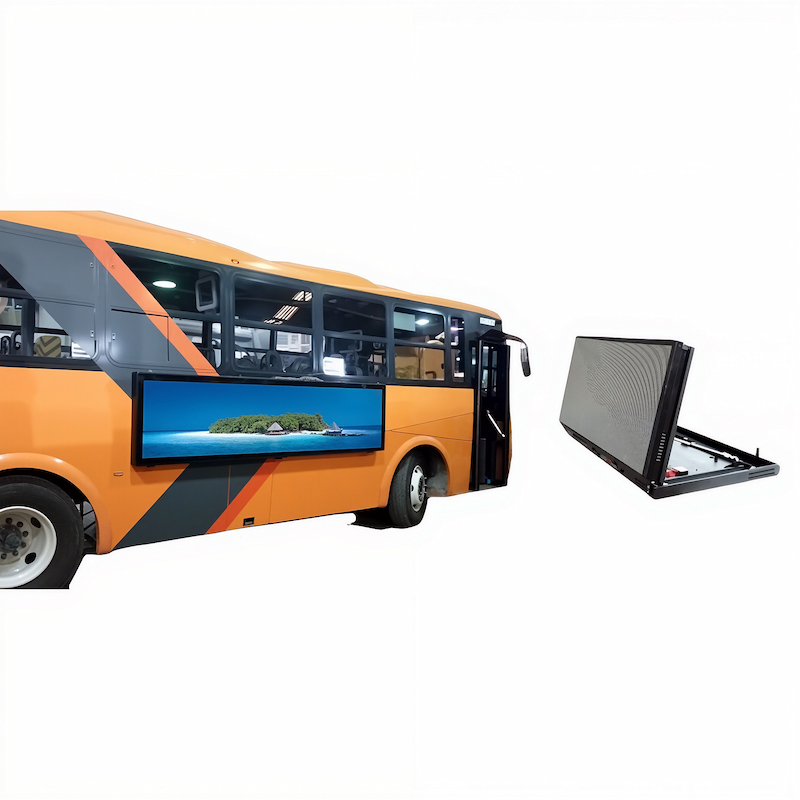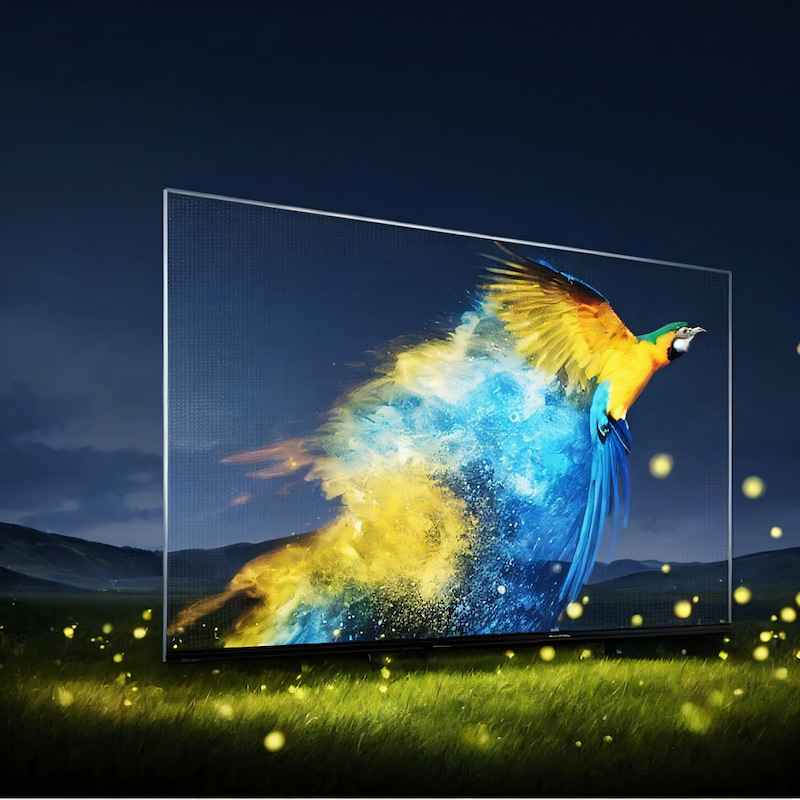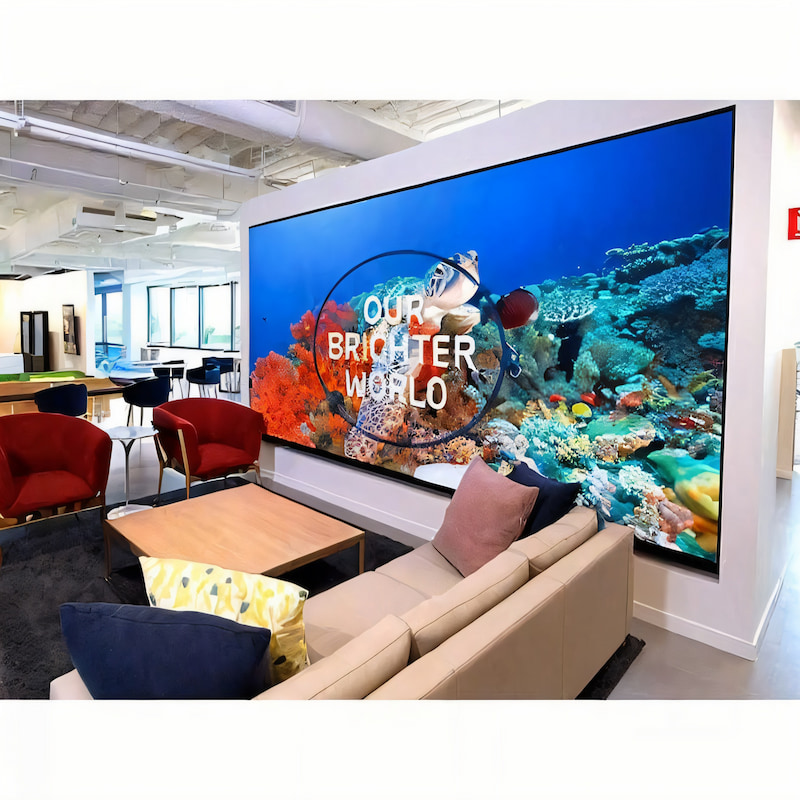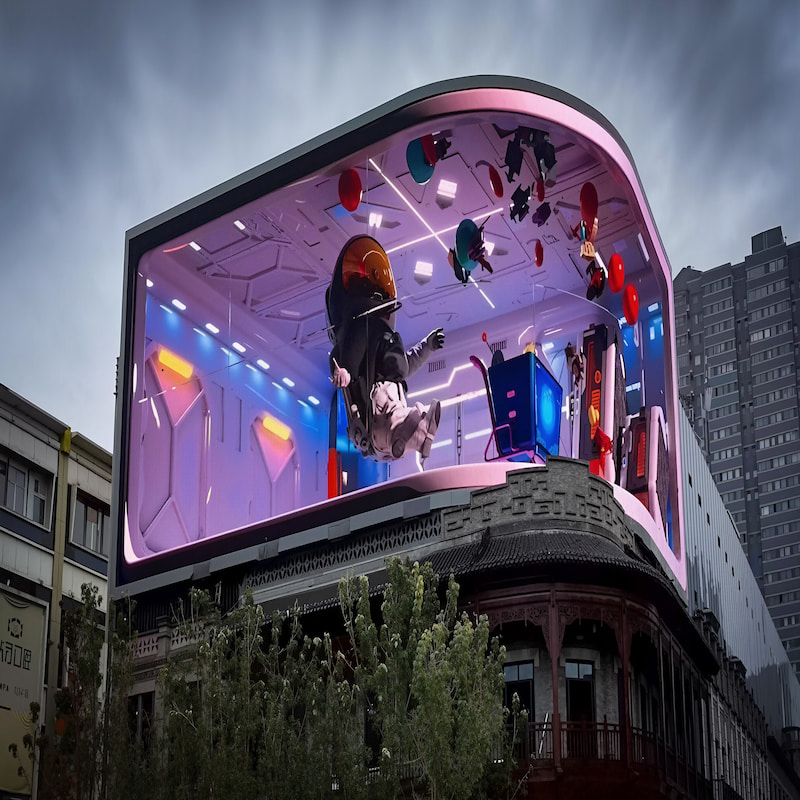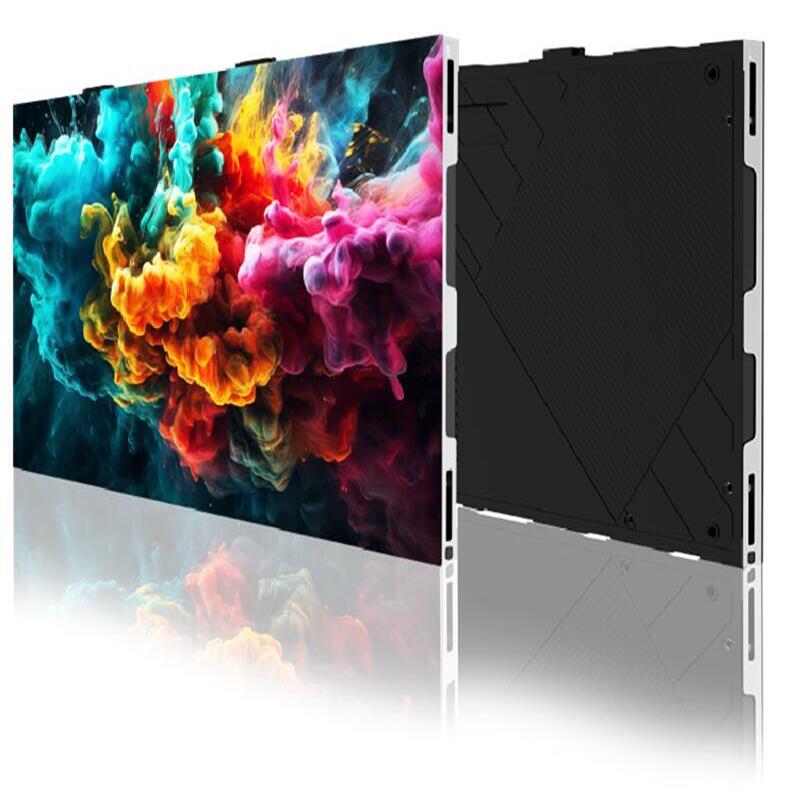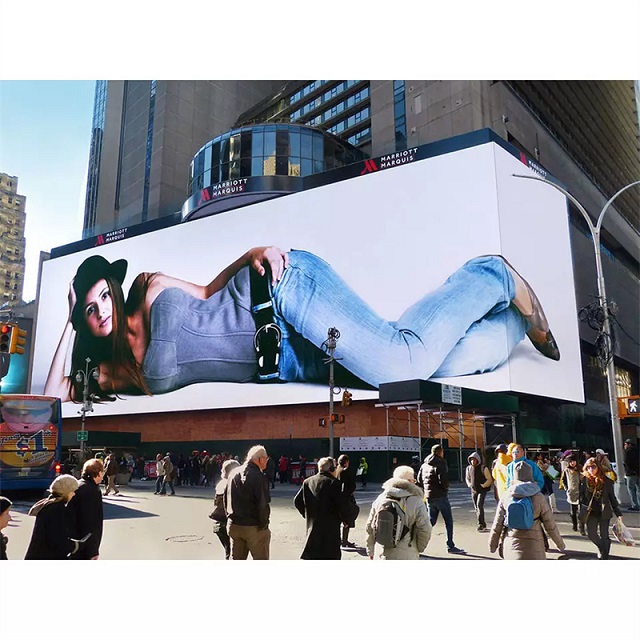We see LED displays mostly used for outdoor advertising, product and service promotion, billboards, store signs, and even to provide information to the public.
One of the most common reasons why LED display offers a great deal for most businesses is because moving images and videos can capture, most often than not, the interest of their potential market better than static, and other digital displays. What's more with the use of these huge outdoor display screens!
People can see this huge outdoor led display while going to work or going home as they are often seen in the busy business district where people from almost all walks of life can see them.
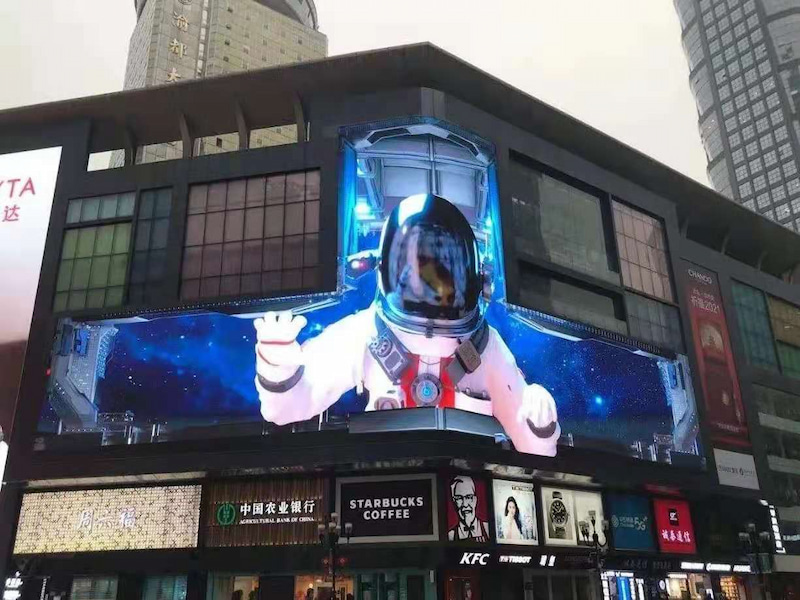
Learn more about what 3D LED display is, how they work, their benefits, and examples in this article.
A 3D LED display, often referred to as a three-dimensional LED display, is a technology that allows for the creation of three-dimensional visual content using light-emitting diodes (LEDs). This technology is primarily used for advertising, entertainment, and information display purposes, and it offers several benefits over traditional 2D displays. Here's an overview of what a 3D LED display is, how it works, and its benefits:
1. What is a 3D LED Display?
A 3D LED display is a screen or panel that utilizes a grid of LEDs to create the illusion of three-dimensional objects or scenes. It can project images, videos, and animations with depth and perspective, making the content appear to float in space, without the need for viewers to wear 3D glasses.
2. How It Works:
The technology behind 3D LED displays involves the following key principles:
-
Parallax Barrier: A common approach to achieving 3D effects on LED displays is the use of a parallax barrier. This barrier is a thin layer of material with alternating slits or lenses that direct light from the LEDs in different directions. This results in different perspectives of the same image reaching each eye, creating the illusion of depth.
-
Eye-Tracking Technology: Some 3D LED displays incorporate eye-tracking technology to adjust the display in real-time based on the viewer's position. This ensures that the 3D effect remains consistent, regardless of the viewer's angle or distance from the display.
-
Stereoscopic Content: 3D LED displays require content that is specifically designed for 3D viewing. This content is often created using stereoscopic techniques, where two slightly offset images are shown to each eye to create the illusion of depth.
-
Software and Hardware Integration: To create and display 3D content, a combination of specialized software and hardware is used to control the LEDs and manage the 3D effects.
3. Benefits of 3D LED Displays:
-
Engaging and Attention-Grabbing: 3D displays are highly effective at capturing the viewer's attention. The depth and realism of the content make it more engaging, making it suitable for advertising, exhibitions, and entertainment purposes.
-
Enhanced Visualization: In certain applications, such as medical imaging, engineering design, or education, 3D LED displays can provide a more detailed and comprehensive visualization of complex data.
-
No Need for 3D Glasses: Unlike traditional 3D technologies that require viewers to wear special glasses, 3D LED displays offer a glasses-free experience, which is more convenient and user-friendly.
-
Versatility: 3D LED displays can be used in a variety of settings, including retail stores, museums, trade shows, and digital signage. They are adaptable to different environments and purposes.
-
Brand Recognition: Businesses and advertisers often use 3D displays to stand out and leave a lasting impression on customers, helping with brand recognition and recall.
-
Interactive Capabilities: Some 3D LED displays are interactive and can respond to touch or gestures, adding an extra layer of engagement and user interaction.
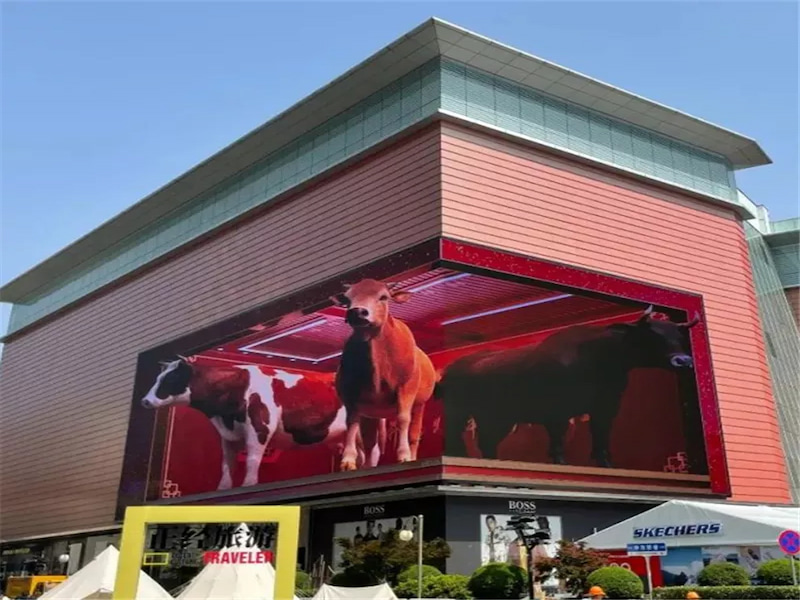
We have seen traditional LED screens over the years in the form of static images, texts, and graphics. This is what we've seen in banners, posters, billboards and painted signs. Their goal is to inform the public about the brand, promote products and services, or simply provide information.
Moreover, we see traditional displays in public locations where people can see them on their way to work or while waiting in line and at certain commercial spaces.
With the advancement of technology continuing to expand in various formats, comes the popularity of the 3D LED display.
In 3D LED displays, consumers view products and services more realistically and convincingly. With the use of the 3D LED display, brand and product displays are lifelike because images are larger, clearer, and, of course, in 3D!
Furthermore, 3D LED display is not only limited to printed images and texts. Recent technology allowed viewers to see videos, motion graphics, images, and more that are not possible in traditional displays.
3D LED display offers a unique and exciting way of introducing products and services, which then leads to increased brand recognition. Therefore, customers become curious about these brands, making them an effective tool for marketing campaigns.
Unlike traditional LED screens that are often shown advertisements to a generic audience, a 3D LED display can show the right advertisements to the right customer at the right time.
Back in the day, advertisers needed to contact media companies to discuss their ad campaigns to be advertised at a certain location. This is when the traditional LED screen is still one of the best ways to advertise brands and products.
With recent development, the use of data analysis software allows businesses to manage and adapt to customer insights, helping them understand the demographics of their target audience. Therefore, advertisers can now easily access data that would allow them to connect with their target audience much better.
Lastly, we can say a 3D LED display becomes a much better way to convey messages to their target audience. Meanwhile, a traditional outdoor led screen can be less appealing and less effective as it does not easily attract customers’ interest and curiosity as a 3D LED display can easily do.



 language :
language :










